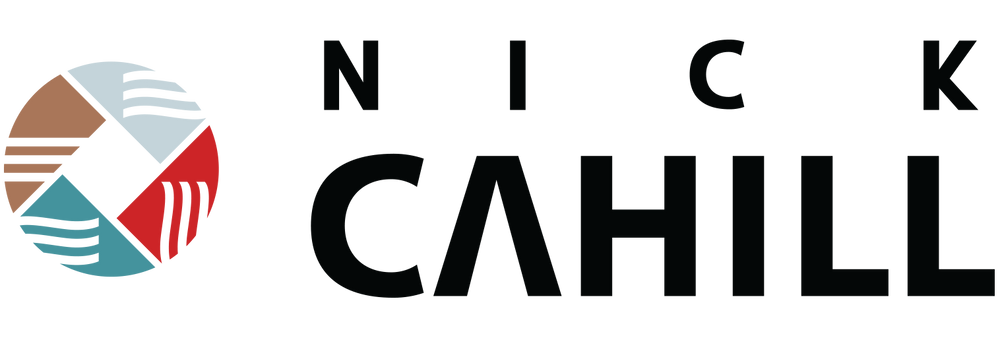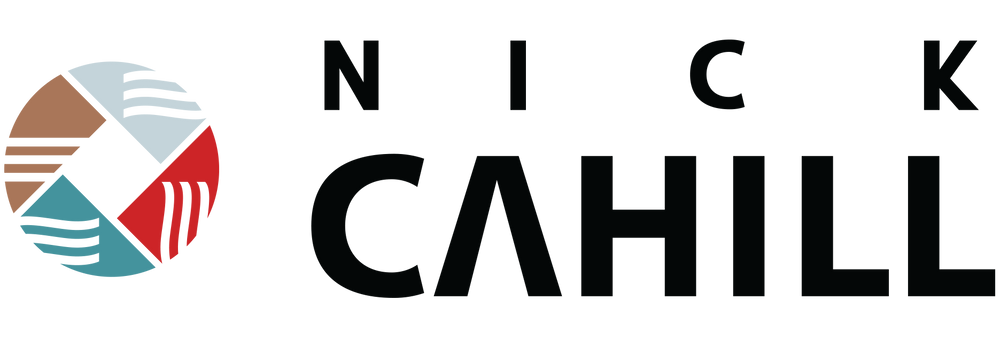When I first got the email from National Geographic, I genuinely thought it was a fluke. At the time, I was struggling to get any traction in my photography career. Even local magazines like Tahoe Quarterly (which would later reference me) were turning down my submissions. I was on the brink of giving up, questioning whether my work was good enough to find an audience. In fact, my first reaction was to think my roommate was playing a prank on me. It seemed too good to be true, but as I read the email over and over, it started to sink in—this was real.

The photo that made the cover wasn’t something I set out to create with National Geographic in mind. That night, I was experimenting, trying new techniques pushing my work forward with new techniques. A huge influence on this approach was my friend Justin Majeczky. We had spent countless nights shooting together, constantly challenging each other to improve. He was the one who really encouraged me to explore panoramas, shaping the way I thought about composition and image-making. Without those long nights of trial and error with him, I probably wouldn’t have even considered multi-frame shooting the night I took the Nat Geo cover shot. That summer, I had been capturing horizontal panoramic images to increase the resolution of my photos, compensating for my lower-quality camera. But this time, I decided to try something different: a vertical panorama.
Creating “the shot” came with its own set of challenges. The Earth’s rotation meant I had to work quickly to avoid the Milky Way appearing at an angle. Starting from the top, I rushed to capture the sky, moving downward in sections. For the lower half of the image—the water and sand—I opted for a long three-minute exposure to achieve a clean and smooth result. I took a total of 6 images and later I meticulously stitched the frames together in Photoshop, like a puzzle. The process was both challenging and rewarding, and it taught me the value of experimentation in photography.
Landing the cover of National Geographic wasn’t just a career milestone; it was a personal breakthrough. For so long, I had felt like an outsider in the photography world, constantly battling the perception that photography wasn’t a "real job." When people find out I’m a photographer, the first question I often get is, "Do you shoot weddings?" It’s a fair question—wedding photography is an incredibly valuable craft, and many talented photographers make their living that way. For me, though, it was a reflection of how people often see photography as a side gig or hobby rather than a serious career. Almost everyone knows a friend or family member who dabbles in photography—whether it’s snapping photos on weekends or exploring it as a passion alongside a full-time job. That kind of familiarity often leads to skepticism about photography as a profession, and it had always been in the back of my mind.
The National Geographic cover changed all of that. It legitimized my work in a way I hadn’t imagined. It was validation from one of the most respected names in photojournalism, proof that my images were not just good—they were worthy of a global stage. When people hear about the cover, their response shifts. Suddenly, they’re not questioning whether I’m a "real" photographer. Instead, there’s a newfound respect that wasn’t there before.
This experience has fundamentally reshaped how I view my work and my place in the world of photography. It reminded me why I picked up a camera in the first place: to document my life, my adventures, to tell stories, to explore, and to share the beauty I see in the world. And while the cover is a proud moment, it’s also a challenge to keep pushing, experimenting, and striving to capture the next image that will resonate on the same level.
This same drive fuels my fine art print shop. For me, photography has always been a balance of experimenting and sharing—whether it’s a new to me technique under a starry sky or the effort to tell a story through a single, still frame. The idea for how to capture that image that ended up on the National Geographic cover came after an entire summer of trial and error, shooting four to five days a week, constantly pushing my boundaries. Each print I offer is a reflection of that same process: the result of countless hours of experimentation and a deep desire to connect others with the beauty of our world. Through my shop, I aim to share not just images but the inspiration and stories behind them, bringing others into the adventure and reminding them of the moments that matter most.
Additional media coverage:







